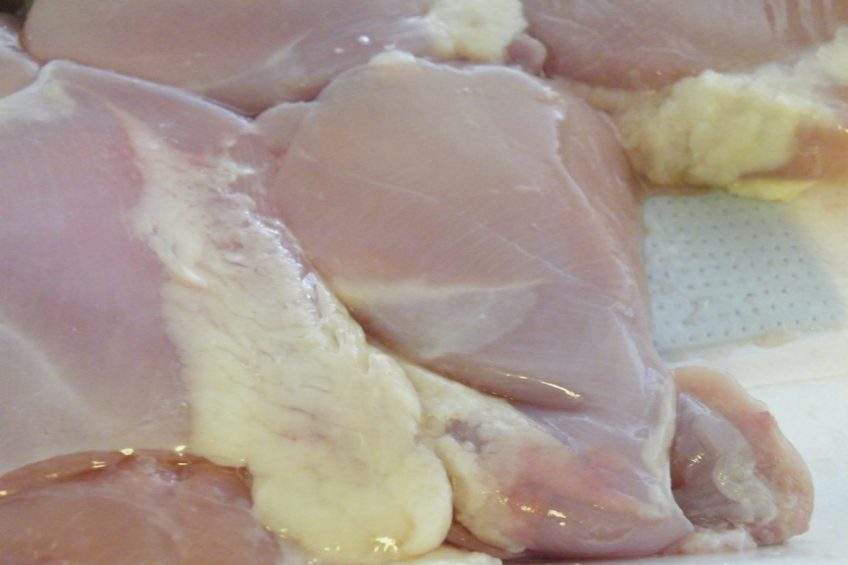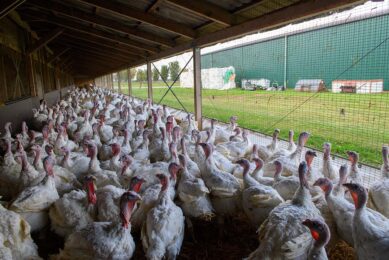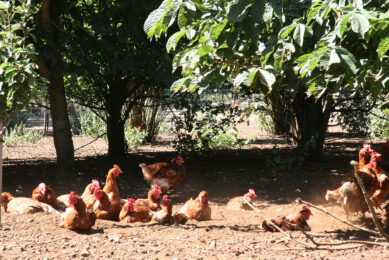Sales of US organic poultry on the rise

Sales of organic poultry in the United States are set to grow further following the announcement this week that Whole Foods chicken supplier Bell and Evans is to build a new plant with an eye to increasing its organic output.
Bell and Evans is set to triple its total production by constructing a new 560,000 square foot processing plant in Pennsylvania. It will have a capacity to process 2.6m birds a week and is scheduled to open in early 2020.
Figures released by the United States Department of Agriculture in late September show a huge rise in organic sales of broiler chickens last year. Sales rose by 78% to $750m, making it the largest growing market in the organic sector. Egg sales rose by 11% to $816m.
Currently, 30% of Bell and Evans’ production is organic with every bird raised without antibiotics and 100% air-chilled. The company is also looking to move to a higher-welfare, slower-growing breed of bird, the Klassenbester. It believes the breed will net higher quality products without white-striping and tough, woody breasts.
All of its poultry will be Klassenbester by the end of 2018, making the firm the first in the US to fully convert to a higher-welfare, slower-growing, more flavourful breed. Owner Scott Sechler started pursuing options for a better-quality breed of bird in 2015. Working with European breeders, a speciality female breed was selected for its slow growth and high meat yield. A male breed was chosen for its excellent meat yield, fertility and liveability rates.
“This is a big deal. So farm, our testing has nested healthy, hardy chickens that result in great-tasting, high-quality product with lots of flavour,” he said.
The new breed will average 5.6lbs over 47-50 days, extending the growth cycle by 15% and reducing unnecessary stress, resulting in better overall health.
Larger firms in the US are also developing their own organic and slower-growing lines. Perdue has invested time and money in its organic range, and currently sees annual growth of between 20-25%.













